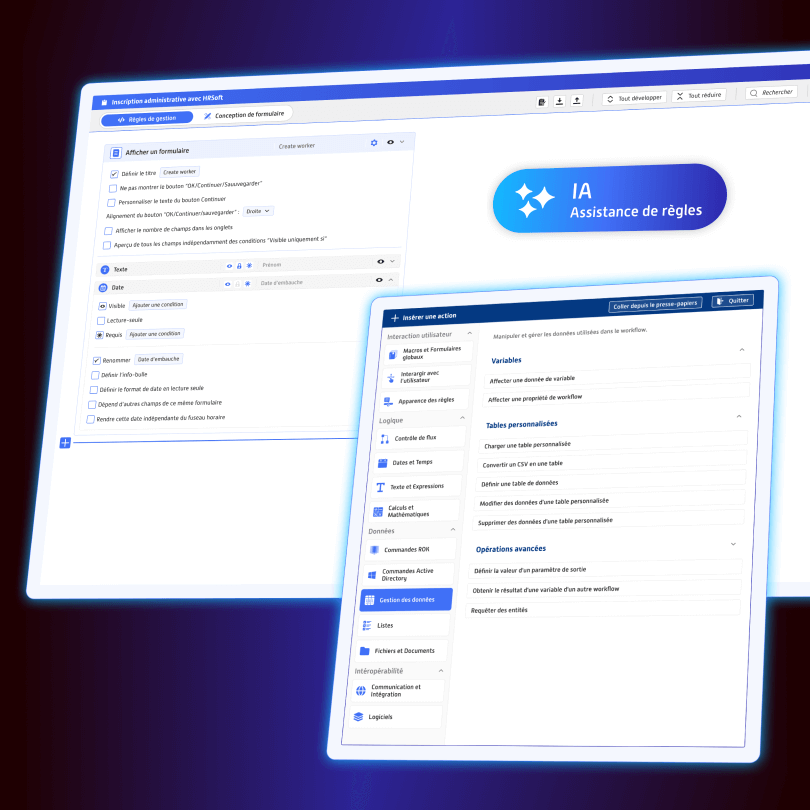In today’s tense economic climate, IT industry professionals are looking for new organizational models allowing them to rapidly develop market shares and deepen their competitive edge. In this context, many approaches coexist with various positions, among which we can count direct sales, indirect, and mixed models. In this document, differences between each model will be explained, and we will see how a 100% indirect approach can lead to high value creation.
The direct approach, traditionally used by leading publishers on the market, consists in integrally carrying out a project without the services of a consulting firm or integrator. This approach is very widespread on the other side of the Atlantic and less present in Europe. One can note it hardly fits strategies of smaller and medium-sized publishers, who do not have the necessary financial resources or “moral guarantee” of bigger publishing groups. Moreover, in times of crisis, this approach appears more limited, particularly for projects where specific business impact is at the heart of company challenges. The direct approach fits “transversal” technology better, since those require little to no configuration or added value. Installation and support can then be taken care of by in-house teams.
The mixed approach consists in combining direct and indirect sale strategies throughout partner networks. Generally, we can observe that greater accounting projects are traditionally carried out by publishers, and that mid-market and SME projects are handled by indirect networks. Most of the time, medium sized publishers choose this approach, willing to complement their own teams with technical and commercial partners who allow them to access new opportunities on mid-market segments. What makes this approach difficult is the frontier between direct and indirect approaches, as well as managing a partner network that only handles parts of the projects (oftentimes the most time-consuming and least profitable aspects). In order for this approach to work, solid network incentive policies need to be established.
The “pure player” approach is a 100% indirect strategy. Publishers focus on their own tasks: publishing software. Commercial development is handled by a partner network consisting of integrators, consulting firms and others. This strategy allows the network to generate high added value for their clients. This approach is particularly fitting for publishers who wish to provide solutions integrating business and organization specificities for each potential client company. The business and task-specific side of the project is then provided by partners thanks to the publisher’s platform, in order to deploy custom-made applications. Thanks to this model, relations between publisher and partners go beyond simple marketing partnerships, and lead to long-term industrial collaboration. An important aspect to consider is selecting partners very carefully. Partnership quality, more than quantity, is a crucial strategic element of this approach. Let us not forget that partners need to be supported and accompanied overtime, through formation, meetings, and network management. Investing time and resources to establish successful partnerships and letting partner sales managers get to know your solution is fundamental.
Considering these three sales models, we can notice that many publishers tend to focus on the publishing side of their business, rather than service. Undoubtedly, this approach should soon garner popularity and integrators deliver high added value, which can be explained by the evolution of company demand, with clients expecting solutions to be more and more polished and adapted to their specific business challenges.
Olivier BOURROUILH, ROK Solution CEO

